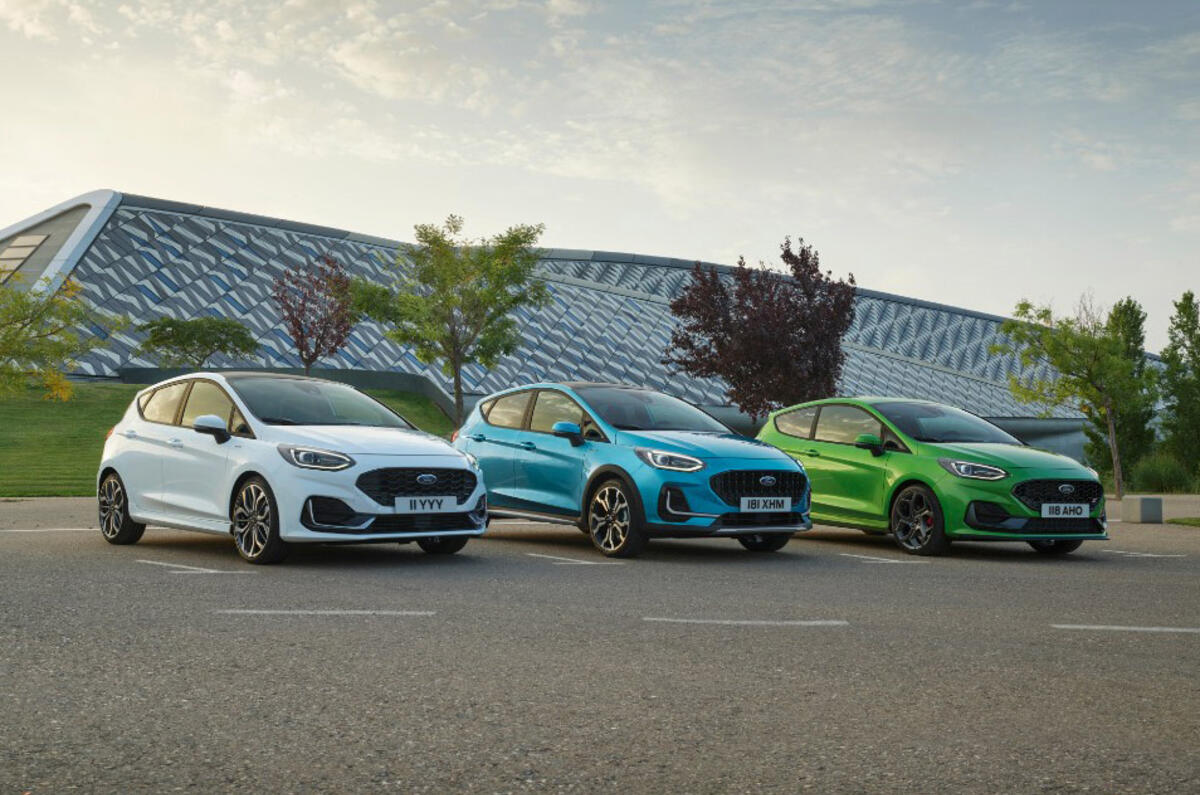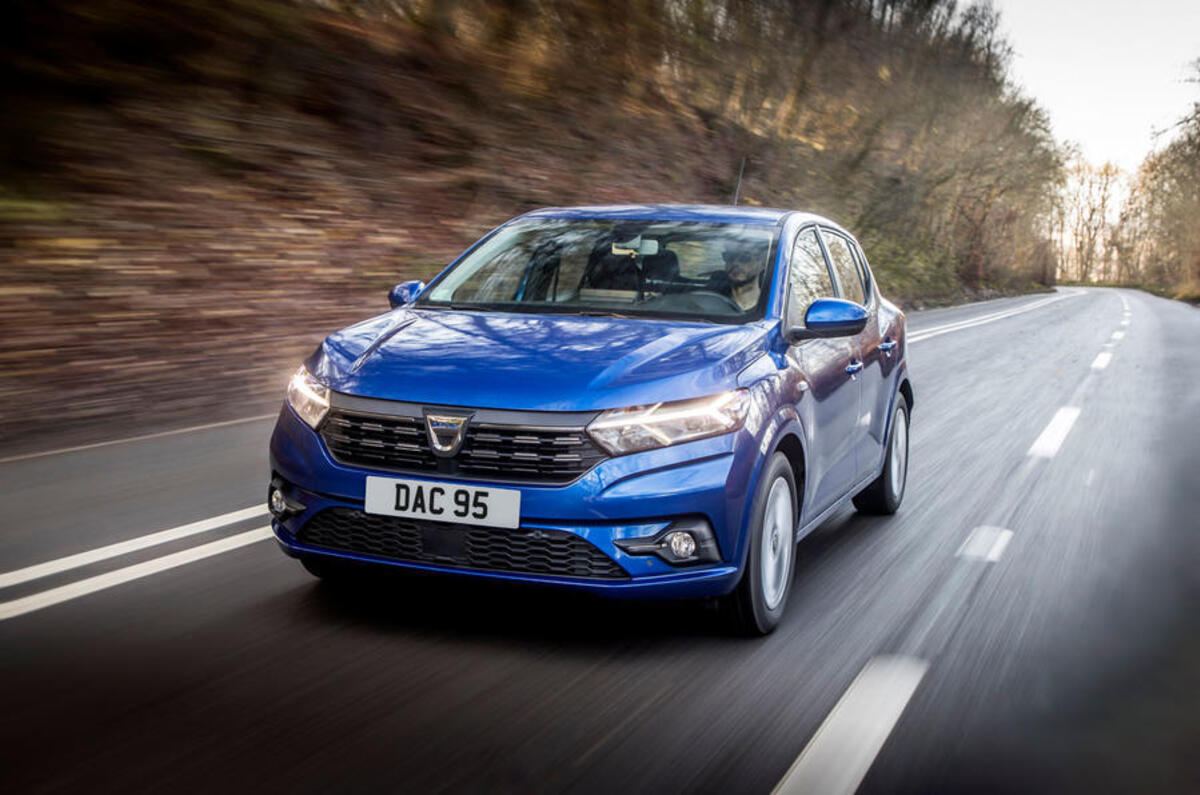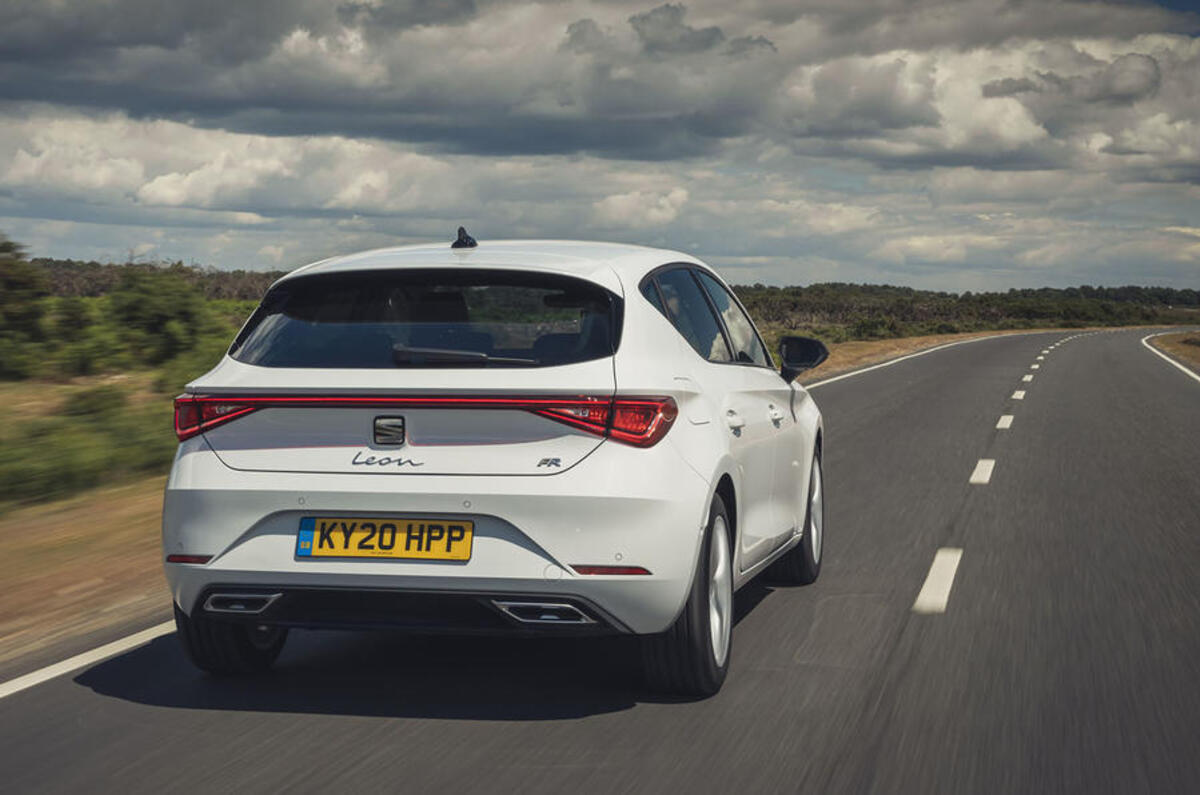New car prices have climbed 6.6% since the start of 2021 to an average of £42,054 across all brands, new data from What Car? shows. However, car buyers are experiencing far higher cost hikes due to the sharp reduction of discounts.
A combination of production slowdowns due to parts shortages, the move to electrification, and a hefty increase in raw material costs have all forced car makers to increase prices in the past few months, hurting buyers looking to replace older cars.









Add your comment